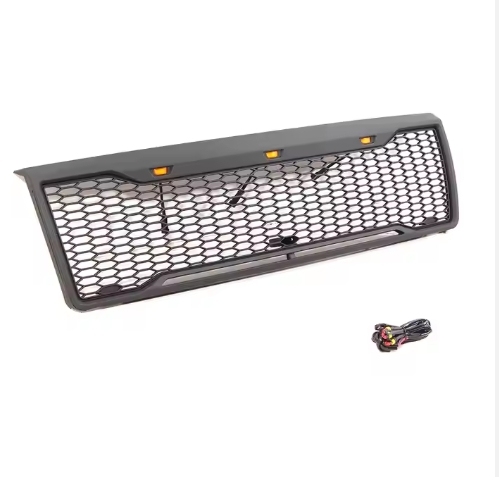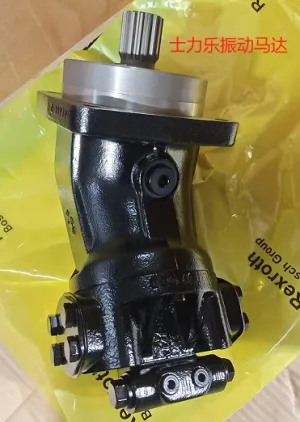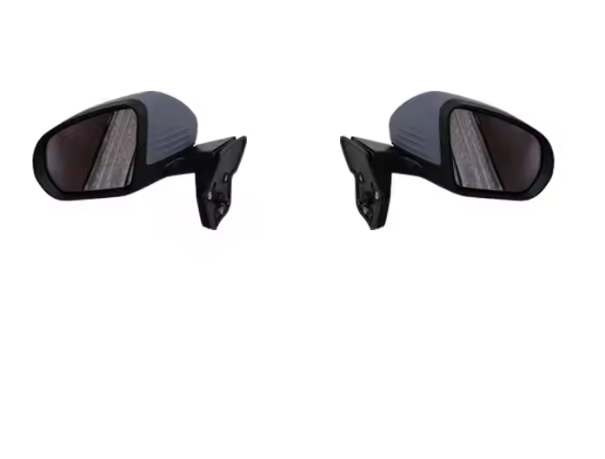The problem of hackers burning oil is perfectly solved by PNF technology
First of all, this car is a manifold injection engine, which is characterized by that the intake manifold is located between the throttle and the engine intake valve. The working principle is that after the air enters the throttle and is buffered by the manifold, the air flow passage leads the air into each cylinder respectively. As for the naturally aspirated engine, because the intake manifold is located behind the throttle, when the throttle opening is small, a sufficient amount of air cannot be sucked into the cylinder. It will cause a high vacuum degree of the manifold. When the throttle opening is large, the vacuum in the intake manifold becomes smaller. Therefore, the injection fuel supply engine will install a pressure gauge on the intake manifold to supply the ECU to determine the engine load and give the right amount of fuel injection. If the short distance means that the oil temperature can not be maintained above 100 degrees Celsius continuously, so the water vapor and hydrocarbon caused by short distance driving is gasoline, and the water vapor has a great influence on the oil. The more times of cold start, the more you enter, and the longer the time is, there will be more sludge, and the oil is afraid of water. Therefore, if you blindly follow the maintenance manual and recommended maintenance mileage, the oil will decline too fast. In this way, the protection of the oil for the engine is reduced, coupled with the accumulation of years of mud into the piston ring, blockage and stagnation lead to the final oil burning problem.



There is a channeling cylinder gas in the engine, which needs to be discharged by forced ventilation through the crankcase. However, when the hydrocarbon and water vapor accumulated in the oil evaporate, it will have an adverse effect on the spring and diaphragm rubber of the waste gas valve, resulting in spring sticking and rubber aging. Although rubber has a certain degree of corrosion resistance, under the influence of the high temperature of steam and a large amount of hydrocarbons, coupled with the increase of water vapor in the oil, the oil itself may also produce more colloid, further eroding the spring and rubber. If the diaphragm is cracked or hardened by aging, the oil steam can not be separated effectively and directly into the intake manifold to participate in combustion, resulting in a gradual reduction of oil in the oil pan, showing the phenomenon of burning oil.
Therefore, for vehicles with more short-distance use, it is recommended to change the oil in advance and clean the oil circuit effectively, so as to prevent the ash produced by combustion from being too large and blocking the air ring. If the tension of the air ring is insufficient, it may lead to a greater cylinder gas problem.


It can only be used on cast iron engines. Security is treated differently, that is, unsafe.
Second drawback: the risk of dry friction
The crankshaft must be moved up and down continuously with the help of machine or artificial disk shaft to achieve infiltration. There is no oil lubrication between the piston and the cylinder wall. At this time, there will be metal dry friction and hard cylinder pulling.
The third drawback: eroding engine oil
Be sure to change the oil after making the bubble cylinder, and the new oil is recommended to be changed within 5000 kilometers after the bubble cylinder disk shaft is changed.
The fourth drawback: cost
The cost expenditure of 2/3 of the bubble cylinder disk shaft is the manpower cost in the operation process of the bubble cylinder disk shaft, and the most important drug solution cost is very low.
The first advantage: no corrosion
Filling tank can fully clean the oil road, including fuel injector, carbon deposition in the cylinder, ternary catalysis, fuel passing through the place can be clean, comprehensive safety.
The second advantage: no risk of dry friction
The engine itself runs the crankshaft, the cylinder wall is lubricated with organic oil, and the range of the piston running up and down is long enough. Gradually spray to the top of the piston with the help of the fuel injection nozzle and infiltrate into the piston ring. It is completely an advanced upgraded version of the bubble cylinder disk shaft. You don’t have to worry about corrosion and cylinder pulling.
Third advantage: change the oil according to the maintenance mileage, no need to change the oil in advance
The fourth advantage: cost
Under the same repair cost as the bubble cylinder disc shaft, most of the cost expenditure of the bubble cylinder disc shaft is on the disk shaft and labor cost, and there is no labor cost expenditure in the injection type, all the cost expenses are on the medicine solution, and it is certain that the quality of the medicine solution is much better than that of the bubble cylinder liquid.

 April 1, 2024
April 1, 2024  March 27, 2024
March 27, 2024 
 March 27, 2024
March 27, 2024 










